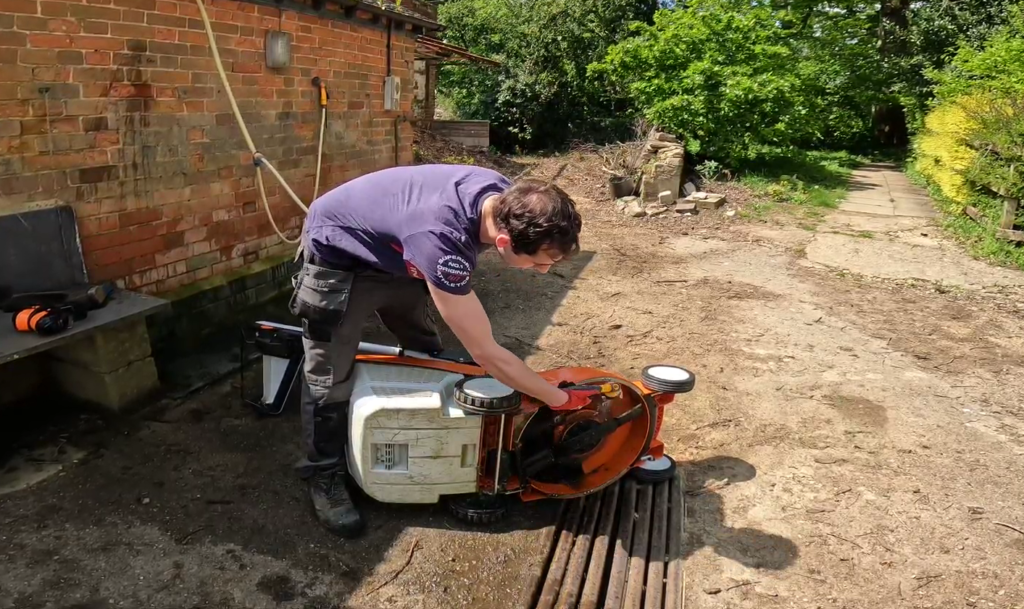We all know of the numerous myths and tricks about at the moment on ‘how to properly sterilise equipment’. Some are pretty solid, while others are outright hazardous to health or inflict damage to the surfaces they are used on.

What is sanitising?
In short, it means to ‘make clean and hygienic’. There’s a common misconception that using products such as bleach or disinfectant will sanitise a surface. In reality, they’ll kill the bacteria or virus, but still leave physical particles on the surface, meaning that the object in question isn’t in fact stanitised. Cleaning using these methods should include a washdown before and after sanitising takes place to ensure the surface is clean. It is also very important to ensure surfaces are cleaned before and after use to enusre a thorough job is done.
Something to consider when using alcohol or solvent-based products is that while they do a satisfactory job, they come with sevreal implications. The first of these is storage. Alcohol is flammable, so safe and proper storage should be present, fumes should be well ventilated, and contact with skin should be avoided where possible to reduce the risk of any health implications. Another aspect to consider is the surface that the products are being used on. Many solvent and alcohol-based products will cause damage to the surface by either delaminating, stripping or even corroding the surface. This often creates tiny pores in the surface in which germs and viruses can live inside.
